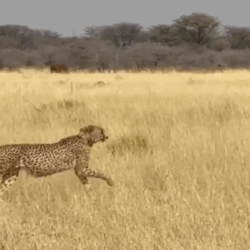The Value of Predators for Healthy Ecosystems
-

- by Peter Croal July 24, 2014
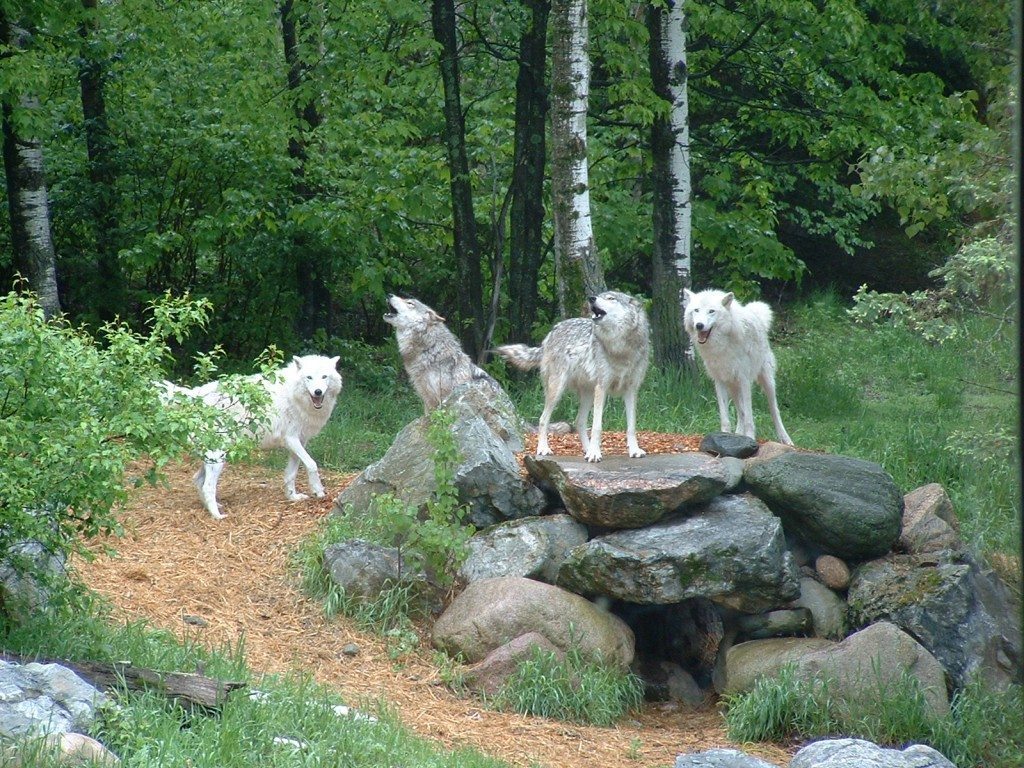
Picture this in Northern Canada…
A pack of wolves cautiously approaches an unsuspecting deer with their heads low and eyes focused on the target. All the muscles are tense and adrenalin begins to pump.
The deer continues to graze until the sound of a broken twig alerts her to possible danger. Her head snaps up, and she attempts to detect the threat.
The wolves quickly launch into attack mode. The chase is immediate and determined and they race towards the deer with lethal intent.
The deer jumps, kicks, and darts left and right, but one of the wolves severs the deer’s tendons, preventing it from escape. She falls hard to the ground, and the remaining wolves are quickly upon the deer to complete the kill.
Three wolf cubs eagerly trot to the kill and begin feeding with the adults. For now, their growing hunger is abated, and perhaps they will live to become adults members of the hunting pack.
Compare this half a world away in Namibia…
A female cheetah is scanning the velt for possible game for her two growing cubs. It has been several days since she or the cubs have eaten, and she is aware the constant hunger presents a significant threat to her cubs.
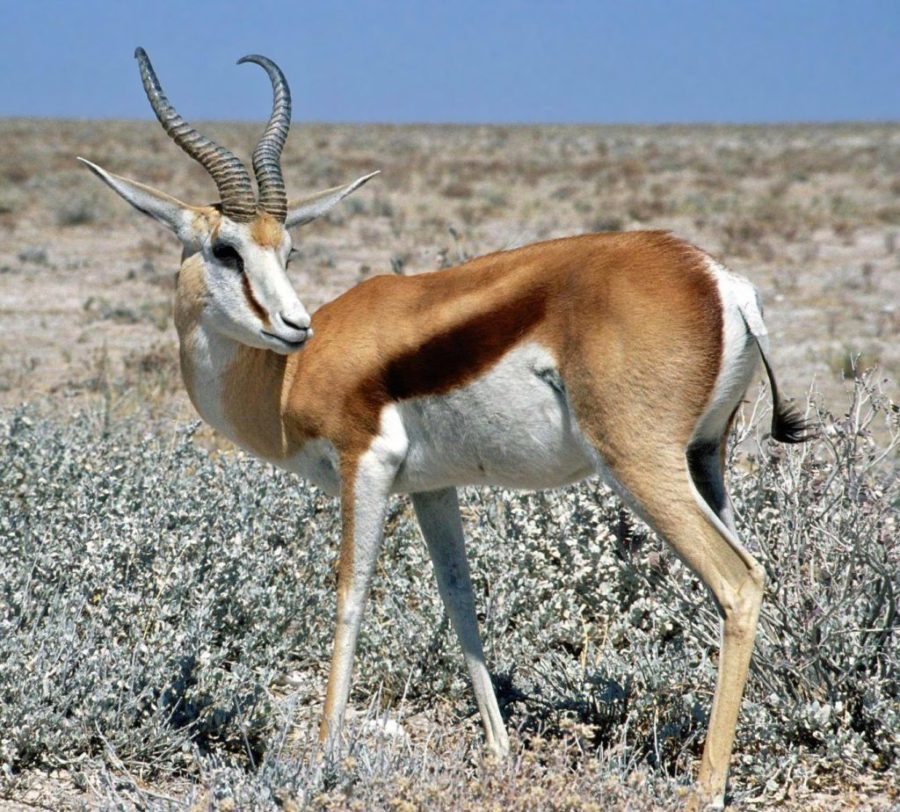
Suddenly she notices a lone springbok feeding by an acacia tree: no other game is present so this is her best chance to get food for her cubs. Her approach is slow and measured, each step is now a calculation of possible risk versus reward. A failed hunt could mean starvation for her family.
She focuses her yellow eyes on the springbok, and stays low and silent in order to observe the springbok and its movements. It is feeding intently, and does not seem to be aware of the predator. This is the cheetah’s moment to strike.
She lunges out of the grass, only 100 meters from the springbok. Instantly the springbok takes flight and tries desperately to avoid the cheetah’s attack. But the cheetah is now at maximum speed of 100km per hour and, with the assistance of her tail, makes fine adjustments in her attack to match the movements of the springbok.
Dust explodes
underneath her paws as she digs harder into the earth with each lunge towards her prey. With only one metre between them, she reaches out with a front paw and trips the springbok. Seconds later the cheetah locks her jaws on the throat of the springbok, bringing it to a swift and suffocating death.
Soon, her cubs will soon join her in feasting on this precious kill. For now, their growing hunger is abated, and perhaps they too will live to become adults members of a coalition.
Are the wolves and cheetahs cruel?
Do predators such as these make us feel uncomfortable?
Are these deaths necessary to keep ecosystems healthy?
The answers to these and related questions can be surprising. The death of a deer, springbok or other similar prey can actually create life. But how is this possible?
A famous story about prey-predator relationships comes from Yellowstone National Park in the United States.
In 1995 a pack of wolves was re-introduced to the park after a 70 year absence and started to hunt the growing number of deer. The deer soon learned to stay out of the valleys where the wolves preferred to hunt. This caused trees and shrubs to grow back along the waterways attracting black birds and beavers. The beavers then created habitat for fish, ducks and reptiles.
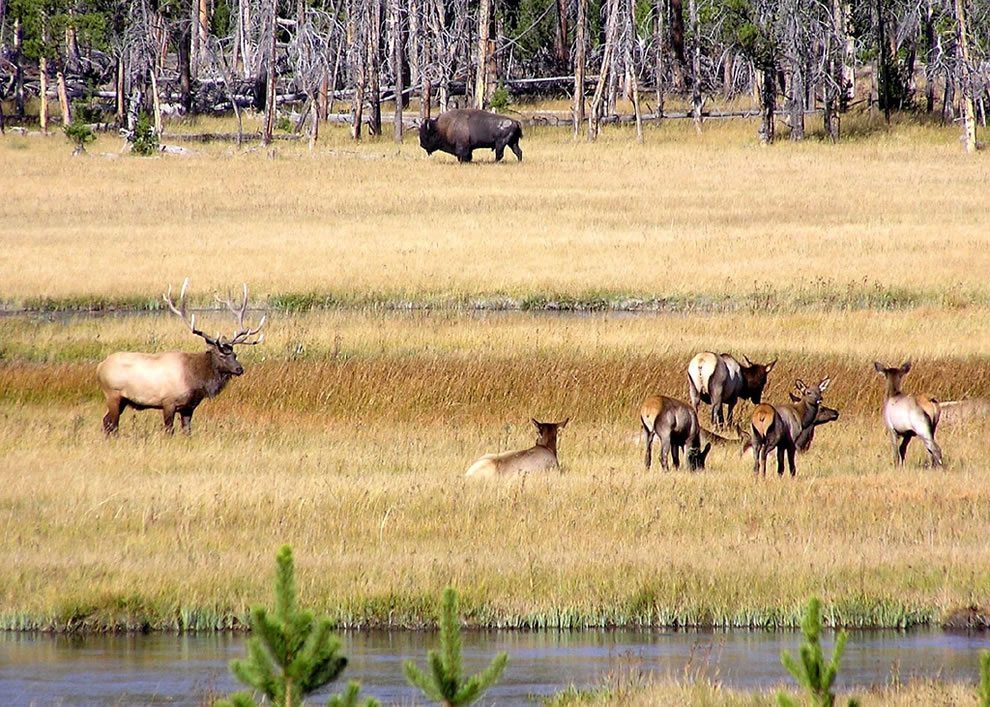
The wolves also hunted the coyotes, which resulted in more rabbits and mice. Populations of hawks, badgers and eagles grew, and bears moved back into the park. Now that the rivers had more vegetation on them, they suffered less soil erosion and the river banks stabilized.
In effect, the wolves had changed the geography of the park and brought a bounty of life back to Yellowstone! And cheetahs have the same effect on ecosystems in Namibia.
Predators such as cheetahs and wolves are an important part of maintaining a healthy and productive ecosystem. They cull vulnerable prey such as the young or old, injured or sick. This leaves more food for the survival of many other types of prey animals. By limiting the size of prey populations, predators also help slow down the spread of disease.
Since prey animals eat vegetation, the ability of the land to hold and retain water can be severely threatened. Less vegetation means more run-off and soil erosion, less water in wells and ponds and an overall decrease in abundance and type of life.
In an age of climate change where droughts are predicted to be more common, the need for predators to stabilize vegetation eating animals is even more important.
Predators kill to eat meat and survive. These deaths may be violent and uncomfortable for us to witness. But these deaths also bring more life in many other forms and help ensure that ecosystems can be healthy and productive.
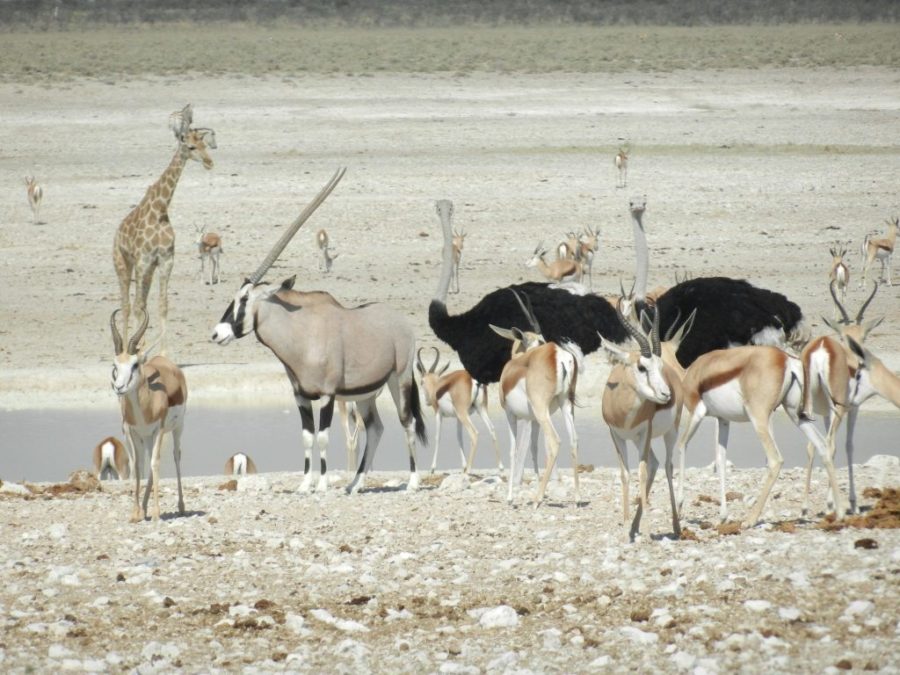
Related Reading
-
December 2, 2025
One Health One Welfare


